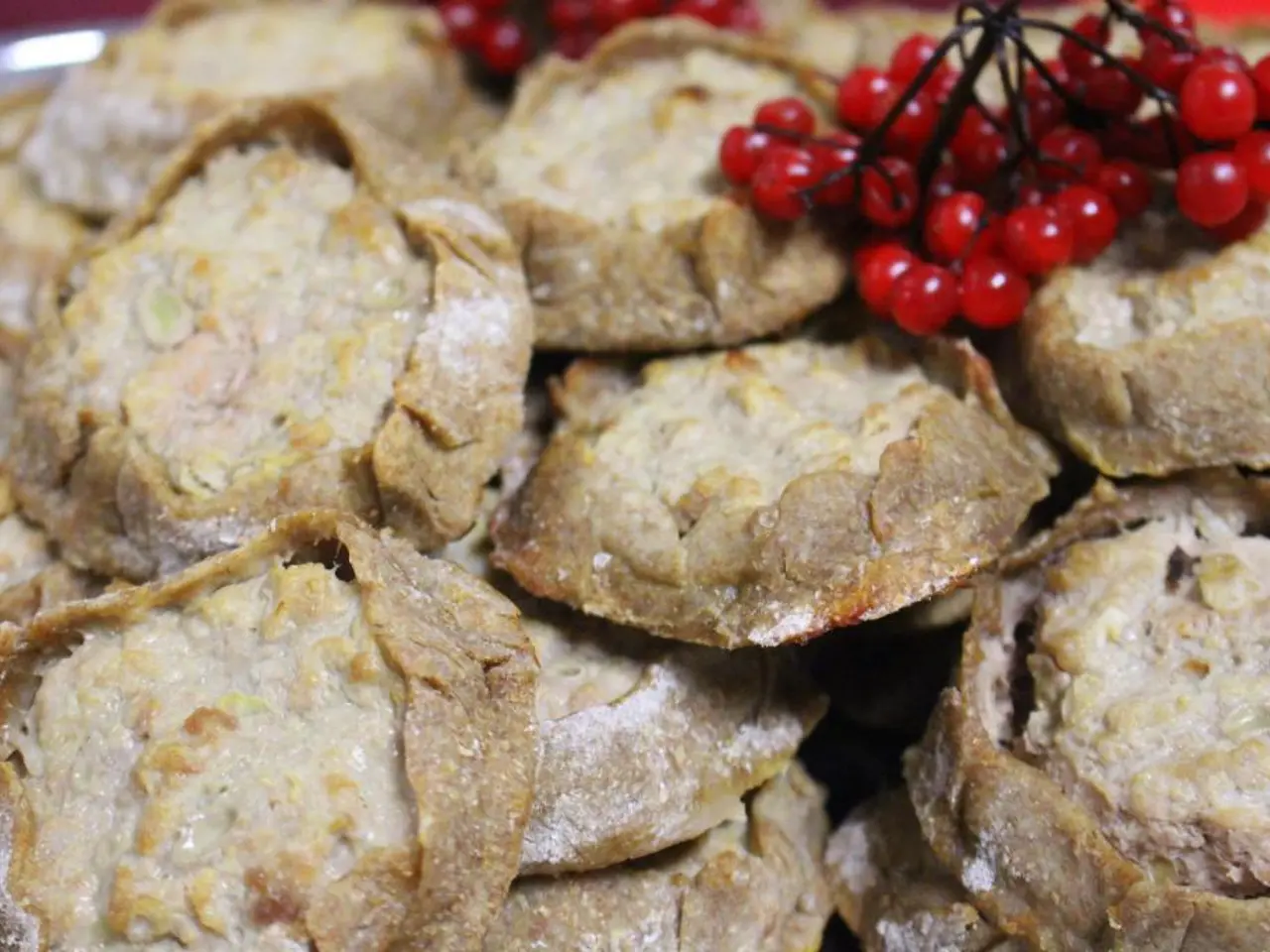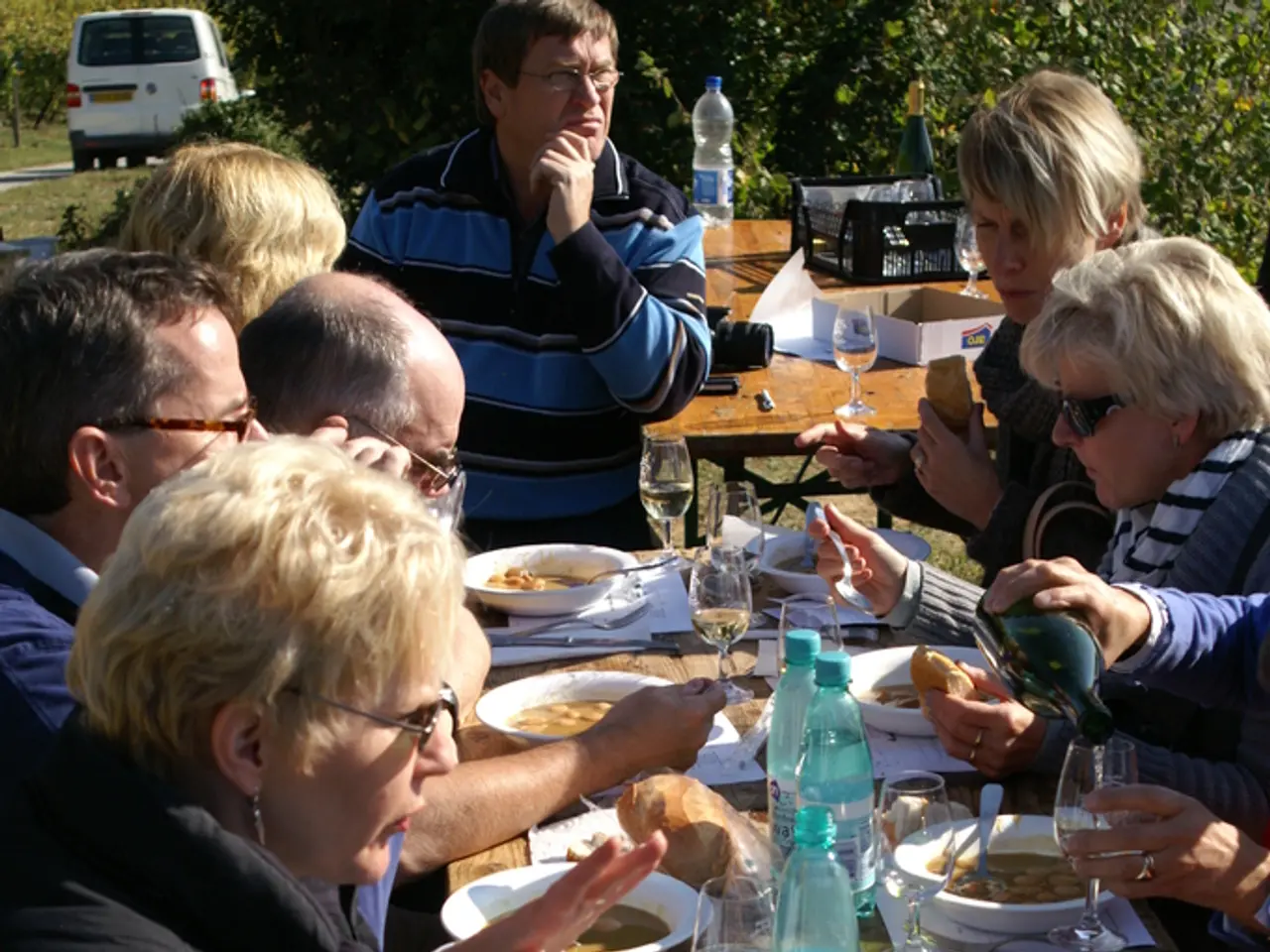Psychedelic Hashish: A Detailed Look at Majoun
Majoun, a traditional Moroccan cannabis-infused confection, is a sweet, energy-dense paste that has been a part of Moroccan culture for centuries. Despite limited direct references, historical and ethnobotanical evidence suggest several variations and related preparations of this unique treat.
At its core, traditional majoun consists of cannabis, dried fruits such as dates or figs, nuts like almonds or walnuts, honey, and a blend of spices including cinnamon, nutmeg, cloves, anise, and sometimes saffron. All ingredients are ground together, kneaded into a paste, and often rolled into small balls for consumption.
Regional and family variations of majoun are common, with some versions replacing dates with figs or apricots, or using a mixture of nuts. The potency of cannabis can also vary widely depending on local traditions and intended use. Some recipes incorporate additional herbs valued in Moroccan folk medicine, such as ginseng, ginger, or saffron, to enhance the remedy’s effects or address specific ailments.
Modern and Western adaptations of majoun sometimes appear in cannabis cuisine, using chocolate, coconut, or other modern ingredients. However, such adaptations are not traditional and true majoun is distinguished by its roots in Moroccan herbalism and specific combination of local ingredients.
Similar cannabis edibles exist in neighboring regions under different names, such as those found in Lebanon and Algeria. While these may differ in texture or the balance of spices and sweeteners, they share a common heritage with majoun.
Majoun is a food, not just a medicine, and is consumed for both pleasure and effect. Its preparation and consumption are deeply embedded in Moroccan social and cultural contexts, distinguishing it from purely pharmaceutical or recreational cannabis products.
When preparing majoun, it is essential to activate the beneficial compounds in cannabis through a process called decarboxylation, which can be done using a decarboxylator such as the Ardent Fx for precision and ease. Ground fruit and nuts should be very fine to form balls more easily. Traditionally, smen (fermented butter) was used as the vehicle for this transformation, but cultured ghee or salted butter can be used as substitutes. Straining the infused butter is important to avoid a gritty taste in the majoun.
Honey is used to bind the ingredients together and amplify the sweetness. In the version described, high-CBD hemp trim with negligible or nondetectable THC content is used. The spices used typically include cinnamon, anise, ginger, nutmeg, fenugreek, cardamom, and cumin. Ras al hanout can also be used.
Majoun is traditionally used to bring love, laughter, and joy, ease pain, and cement friendships. It is typically consumed in the evenings, and to warm the body on cold nights or even ward off a cold. With its rich history, diverse variations, and unique blend of flavors, majoun remains a culturally specific preparation that reflects both local culinary traditions and the adaptability of cannabis edibles.
- Some modern cookbooks may feature recipes for Western adaptations of majoun, incorporating ingredients like chocolate, coconut, or cultured ghee.
- In addition to its traditional Moroccan ingredients, some regional variations of majoun include herbal remedies such as ginseng, ginger, or saffron for medicinal purposes.
- Beyond its medicinal properties, majoun is also consumed for pleasure and is deeply rooted in Moroccan health-and-wellness, lifestyle, and food-and-drink culture.
- CBD, a non-psychoactive compound found in hemp, is sometimes used in the modern preparation of majoun to reduce its psychoactive effects while still retaining its medicinal benefits.
- Fitness-and-exercise enthusiasts might be interested to know that majoun has been a part of Moroccan culture for centuries, reflecting its balanced approach to health and wellness.
- While Majoun is a popular cannabis-infused treat in Morocco, similar edibles can be found in neighboring countries like Lebanon and Algeria, showcasing the diversity of food-and-drink along the Mediterranean.




